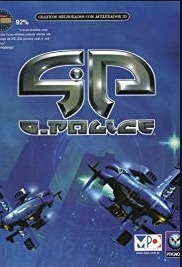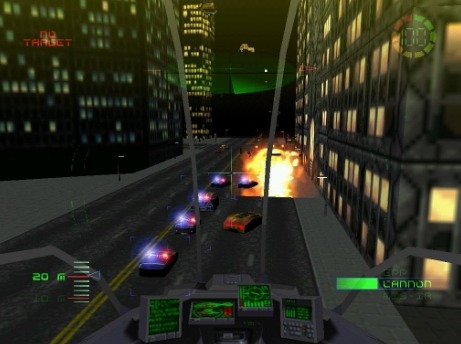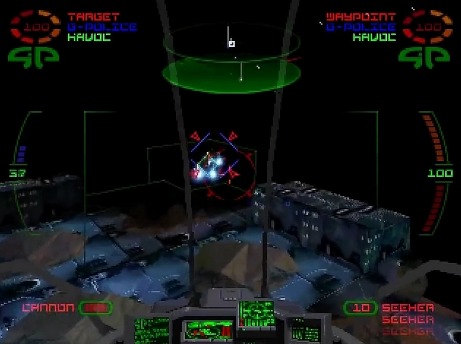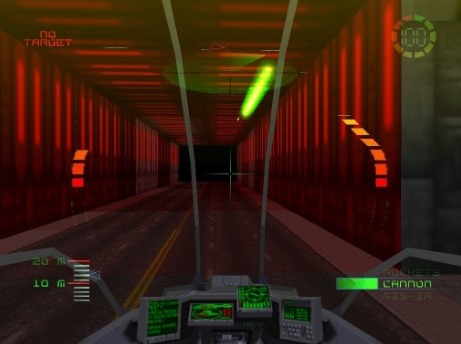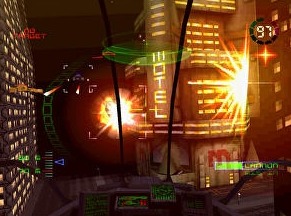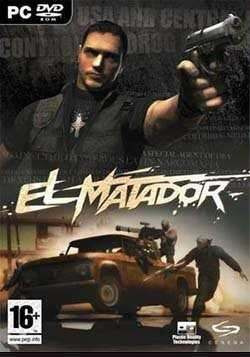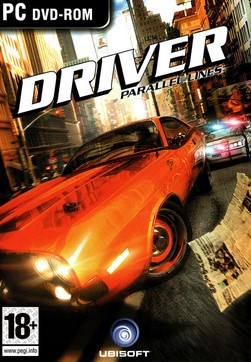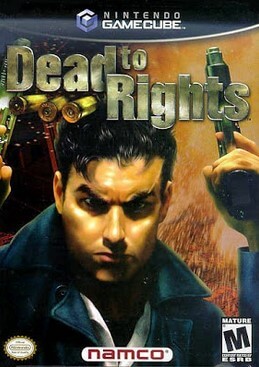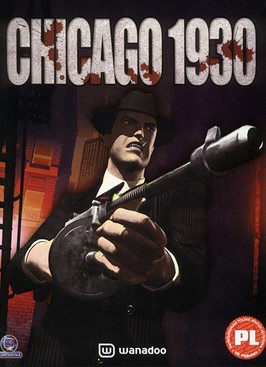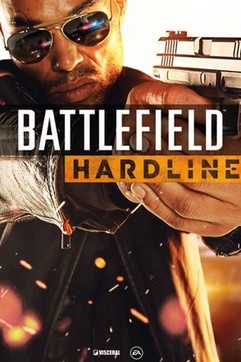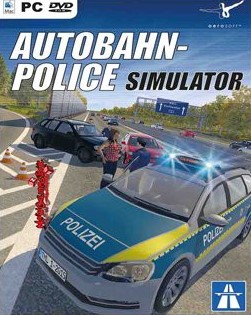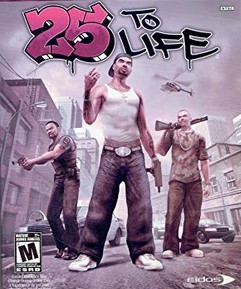G-Police is a 1997 shooter video game developed and published by Psygnosis for the PlayStation and Microsoft Windows. The game spawned a sequel, G-Police: Weapons of Justice, released in 1999 for the PlayStation. This sequel received similar reviews to those of the original game. In 2007, G-Police was made available for download on the PlayStation Network in Europe.
The game has a science fiction setting inspired by Blade Runner. The story takes place in the year 2097, on a colonised Callisto. The game charts the protagonist Slater's attempts to discover the truth behind his sister's mysterious death while working for the titular G-Police. The game begins with the G-Police combating organised criminals before fighting the private armies of powerful corporations in an unfolding conspiracy-themed plot. The gameplay involves piloting VTOL aircraft resembling helicopters, engaging in combat with enemies and protecting allies.
The game made use of cutting edge technology such as force-feedback joysticks and controllers, 3D sound and Direct3D Hardware Acceleration and was largely well received. Critics noted that the game's graphics were some of the most technically impressive of the time. Overall, however, critics had mixed response for the graphics, as the demanding graphics resulted in poor draw distance; in particular, the PlayStation version struggled in this aspect. In general, the gameplay was favourably reviewed, with critics praising the solid, enjoyable missions, though there were complaints regarding a poor control system and unfairly high levels of difficulty.
Gameplay
G-Police is a shooter game in which the player pilots a VTOL aircraft, described by critics as "jet helicopters" or "a helicopter without the rotors". The player can choose to view the action from a variety of first- or third-person perspectives, including views from within the cockpit, a variety of "chase" perspectives, including directly from above the craft (for use when bombing). Combat in G-Police involves both dogfighting with other aircraft and dropping bombs. The player is often required to "scan" suspect vehicles to determine if they are criminal or hostile.
The game's aircraft comes with numerous weapons which are upgraded as the player progresses to more difficult levels. An improved version of the basic "Havoc" aircraft (the "Venom") is also available later in the game. Missions include seeking out and destroying enemies, escorting friendly ground units, preventing smuggling and bomb disposal. The player receives updates and new instructions as the mission proceeds. The main game mode features 35 missions and an additional training mode. Most of the game's missions take place in urban "domes" filled with large buildings; some, however, take place in the "outer domes", with other themes such as agrarian settings.
Synopsis
Setting
The game is set in 2097, according to the introductory sequence. This sequence also provides the history of the game's setting: in 2057, the depletion of Earth's resources coincided with widening space exploration. After a catastrophic war over ever-declining resources, ending 10 years prior to the events of G-Police, Earth's governments were stripped of military power. As a result, powerful corporations had exerted control over Earth and the burgeoning space colonies. The Government Police (G-Police) was formed by Earth's remaining coalition government to maintain order in these colonies.
In the latter part of the introductory sequence, Slater, the game's protagonist, introduces himself as a war veteran who had joined the G-Police to conduct his own investigation of his sister Elaine's apparent suicide, suspecting that she was murdered. He also provides his view of the G-Police, stating they lack authority and "turn a blind eye" to "shady corporate deals" while attempting to maintain order. He describes the Havoc gun-ships as outdated and the pilots as a mixture of desperate war veterans and naïve idealists.
Plot
The early levels of the game depict Slater combating enemy gangs. The G-Police suspect "Krakov" corporation is supplying the gangs with weaponry. Krakov's president however is subsequently the subject of an assassination attempt by the gangs. During this attempt, Hiroshi Tachikawa—a pilot whom Slater describes as flying his gun-ship "like he was born in it"—dies when his gun-ship crashes after mysteriously malfunctioning. In the interests of morale, his death is covered up; Slater notes this incident is reminiscent of Elaine's death.
After numerous terrorist attacks on their personnel and property, Krakov blames a rival corporation, "Nanosoft", and begins openly attacking them with its private army. Lacking evidence for involvement with the criminal gangs, the G-Police protect Nanosoft, ultimately destroying Krakov's military power. The latter half of the game depicts a conflict between the G-Police and Nanosoft's private forces, which attack G-Police after Krakov's collapse.
In the unfolding plot, the player learns that Tachikawa and Elaine were killed (by the sabotage of their gun-ships) to procure microchips implanted in their brains. These chips can record a pilot's knowledge and combat skills; Nanosoft desired them to power the artificial intelligence in their weapons. The G-Police commander Horton is assassinated by Slater's traitorous wingman Ricardo, also to this end. The game ends with the destruction of a large spacecraft by Slater; the closing sequence reveals that Nanosoft had planned to use this to exert military dominance over other corporations.
Development
According to Ian Hetherington, the co-founder of Psygnosis, G-Police was developed by one of company's "microstudios" in Stroud. This studio consisted of around 70 people and was also responsible for developing Overboard! at the same time.
G-Police was backed by a reported $2.5 million advertising campaign, part of a wider $6 million campaign which also included Formula 1 Championship Edition and Colony Wars. According to Psygnosis product marketing manager Mark Day, G-Police and Colony Wars were "neck and neck" as far as getting the biggest financial push from the company.
